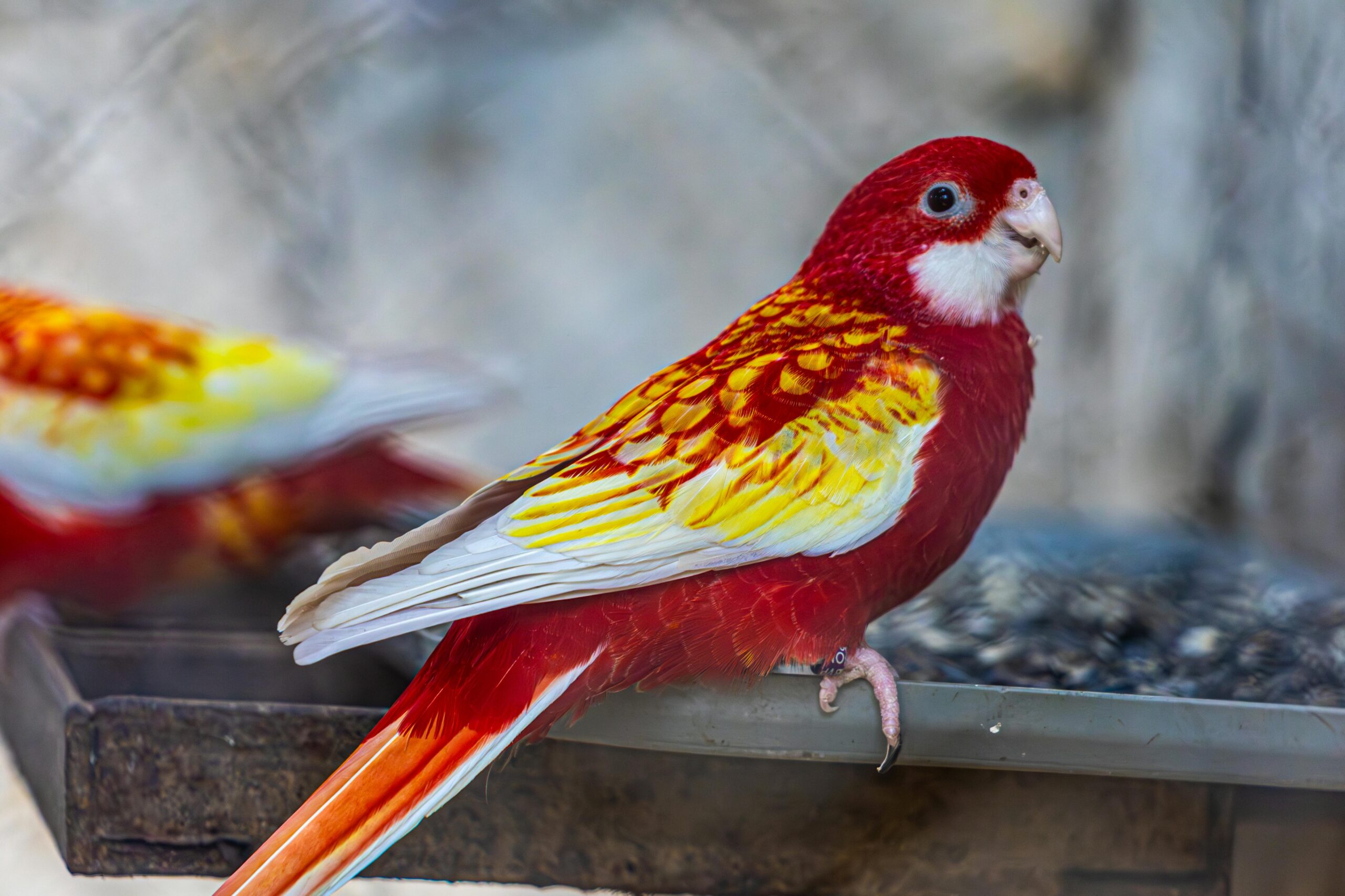Creating a safe and stimulating environment is crucial for the health and happiness of your feathered companions. From selecting the right cage dimensions to designing custom indoor aviaries, every aspect of your bird’s habitat requires careful consideration. This article explores how to establish the optimal living space for your pet birds, including essential safety measures to prevent household hazards and creative enrichment activities to keep your birds mentally and physically engaged.
Selecting the Ideal Cage for Your Bird
The foundation of pet bird home safety begins with selecting an appropriately sized cage. Birds need space to stretch their wings, exercise, and play. As a general rule, the cage should be at least twice the wingspan of your bird in width, depth, and height. For smaller birds like canaries or finches, a cage measuring 18x18x18 inches might suffice, while larger species such as African Greys or Amazons require cages at least 36x24x36 inches. Bar spacing is equally important; smaller birds need narrower spacing to prevent escape or injury.
The best bird cage setup includes horizontal bars that allow climbing, multiple perches of varying diameters and textures to promote foot health, and sufficient space for food and water dishes, toys, and hiding spots. Position the cage against a wall rather than in the center of a room to help your bird feel secure. Also, place the cage away from kitchens to avoid exposure to cooking fumes and away from drafty areas like windows or air conditioning vents.
Indoor Aviary Design Considerations
For bird enthusiasts with multiple feathered friends or larger species, creating an indoor aviary offers an excellent solution to provide more space and enrichment. Indoor aviary design can range from converting a spare room or closet to installing a custom-built structure. When planning your aviary, consider incorporating natural elements like branches, plants (ensure they’re non-toxic), and varying perch heights to mimic a natural environment.
Flooring in aviaries should be easy to clean; many bird owners opt for vinyl or linoleum that can be wiped down daily. Walls may require protection, as birds can damage drywall or wallpaper. Bird-safe paint or specially designed wall coverings provide practical solutions. Temperature control is essential in aviaries, maintaining a consistent 65-85°F depending on your bird species, with good ventilation but no drafts.
Preventing Household Hazards
Your home contains numerous potential dangers for birds that many owners overlook. Toxic fumes birds home hazards include non-stick cookware, which releases polytetrafluoroethylene (PTFE) when overheated, causing fatal respiratory distress in birds. Other common hazards include aerosol sprays, scented candles, air fresheners, and cleaning products. Always use bird-safe alternatives and ensure proper ventilation when cleaning.
Beyond airborne threats, secure your bird’s environment by eliminating access to electrical cords they might chew, toxic houseplants, and small objects that could be ingested. Windows pose collision risks for free-flying birds; install curtains or decals to make glass visible. Many experts from AskHomey recommend maintaining a bird-safe zone where your pets can play outside their cage without risk of injury from ceiling fans, hot surfaces, or other dangers.
Creating Enrichment Opportunities
Birds are highly intelligent creatures that require mental stimulation to prevent boredom and destructive behaviors. Bird enrichment ideas should address their natural behaviors like foraging, problem-solving, and physical activity. Rotate toys regularly to maintain interest, offering a variety of textures and types including puzzles, shreddable items, and objects that make noise.
Foraging opportunities can be created by hiding treats in specially designed toys or wrapping food items in bird-safe paper for your pet to unwrap. Natural branches provide both climbing opportunities and chewing outlets. Many bird owners create DIY enrichment activities using safe household items such as cardboard tubes, paper cups, or untreated wood pieces that birds can manipulate and destroy.
Custom Aviary Construction Benefits
Investing in a custom aviary construction offers numerous advantages for serious bird owners. Custom designs can be tailored to your specific space constraints while maximizing the area available for your birds. Professional builders can incorporate features like proper drainage systems, appropriate lighting (including UV options), and secure doors with double-entry systems to prevent escapes.
Custom aviaries also allow for specialized environments for particular species, with appropriate temperature control, humidity levels, and native plants that create a more natural habitat. While the initial investment may be significant, a well-designed custom aviary increases the value of your home while providing the optimal environment for your birds’ physical and psychological well-being.
Maintaining Bird-Safe Air Quality
Air quality represents one of the most critical yet often overlooked aspects of bird care. Birds have highly efficient respiratory systems that make them extremely sensitive to airborne contaminants. Beyond avoiding toxic fumes from cookware and cleaning products, consider using air purifiers with HEPA filters in rooms where birds spend time. Avoid smoking indoors, burning incense, or using essential oil diffusers near bird habitats.
Regular cleaning of cage materials prevents the buildup of mold, bacteria, and bird dander that can cause respiratory issues. Choose substrates that minimize dust, such as newspaper, paper towels, or specialized cage liners rather than wood shavings or sand that can create particulate matter in the air. With proper attention to these details, you’ll create an environment where your feathered companions can thrive.
For more tips and to connect with reliable home service professionals, follow AskHomey on Facebook and Instagram.



